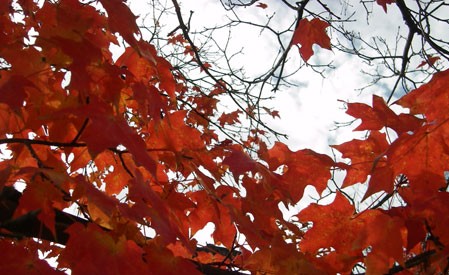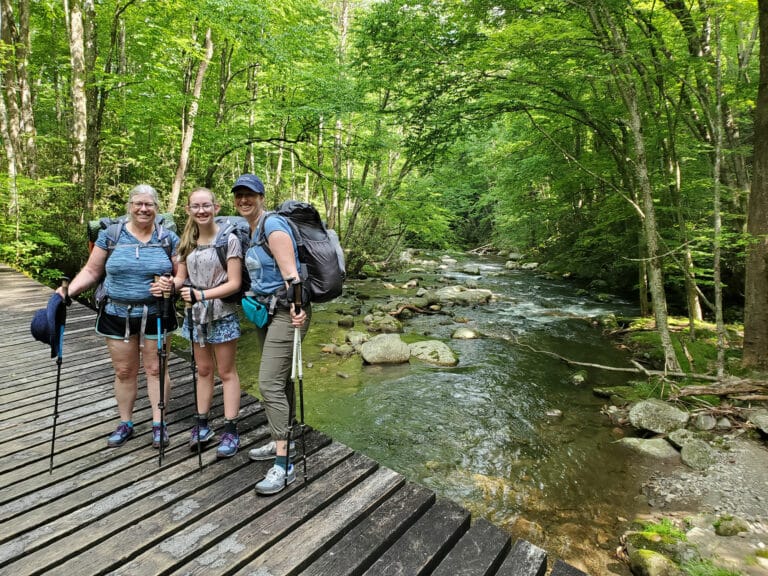Your outdoor news bulletin for August 7th, the day Lynne Cox performed one of the great cold water swims in history by swimming from Big Diomede, Alaska across the Bering Strait and onto Russian shores, communist territory, and swimming lore:
Search for A.T. Hiker Scaled Back
Efforts to find Geraldine Largay have been “extensively scaled back,” effectively ending the search for the 66-year-old Appalachian Trail hiker who has been missing for over two weeks. Based on geo data from her phone and hiker testimony, searchers concentrated on a 4.2-square mile section of land off the A.T. between Lone Mountain and the Spaulding lean-to Sunday, but came up empty handed. Of all the hikers that go missing in Maine, 95 percent are found within 12 hours, and 98 percent are found within 24 hours. Another one percent drown, but there is no water in the area where she went missing. Lt. Kevin Adams summed it up with this statement: ““You never know how far the human spirit can go. I am concerned about the condition of [Largay], but that doesn’t change our search efforts. We are frustrated, but we want to find her.”
Wet Summer Equals Bland Colors?
We have had one wet summer here in the Southeast, and the area around Asheville may have had the worst of it. Western North Carolina has seen record rainfall numbers this spring and summer, and now some are saying this may have a detrimental effect on the fall colors we are used to seeing along the Blue Ridge Parkway and elsewhere. The biology is a little complicated but the bottom line is that rain in July and August may not effect color that much, but more rain in September and October could spell curtains for the brightest and most attractive of autumn colors: RED. As oppose to the orange and yellow colors that always appear because they are hidden beneath the chlorophyll and not as sensitive to weather, the red pigment of leaves is created in the fall by a combination of sunlight and drought. So, rain may be good for extending the growing season, but too much rain in the late summer and early fall could have a detrimental effect on the fall colors. This may sound like a non-story, but the Blue Ridge Parkway relies heavily on the traffic it gets during peak leaf peeping season – October is its busiest month of the year – and this in turn has a tremendous financial impact on the surrounding community.
So if the leaves don’t pop, the people won’t stop, and the economy will drop.
Get Schooled on Fly Fishing
The Itinerant Angler, has nothing on our Top Adventure Colleges Bracket, but they do have something to contribute to the great schools debate in the fly fishing arena. They have put out their Top Ten Fly Fishing Colleges, and a couple of regional schools made the unofficial list. Mixed in among no-brainers like Montana, Montana State, Boise State and Oregon (numbers 1-4), are sleepers like Miami (bonefish, tarpon, etc.), San Diego State (mako shark!!!), and Tulane (redfish). From our region, Tennessee University in Knoxville came in at a respectable #5 due to its proximity to Great Smoky Mountains National park and the Clinch and South Holston tailwaters. Penn State cracked the top ten at #9 for their fly fishing (Kinesiology 004 – for credits even!) and competition casting courses, but also because State College sits only five miles from the iconic Spring Creek, which boasts one of the highest-density populations of wild brown trout in the U.S.








